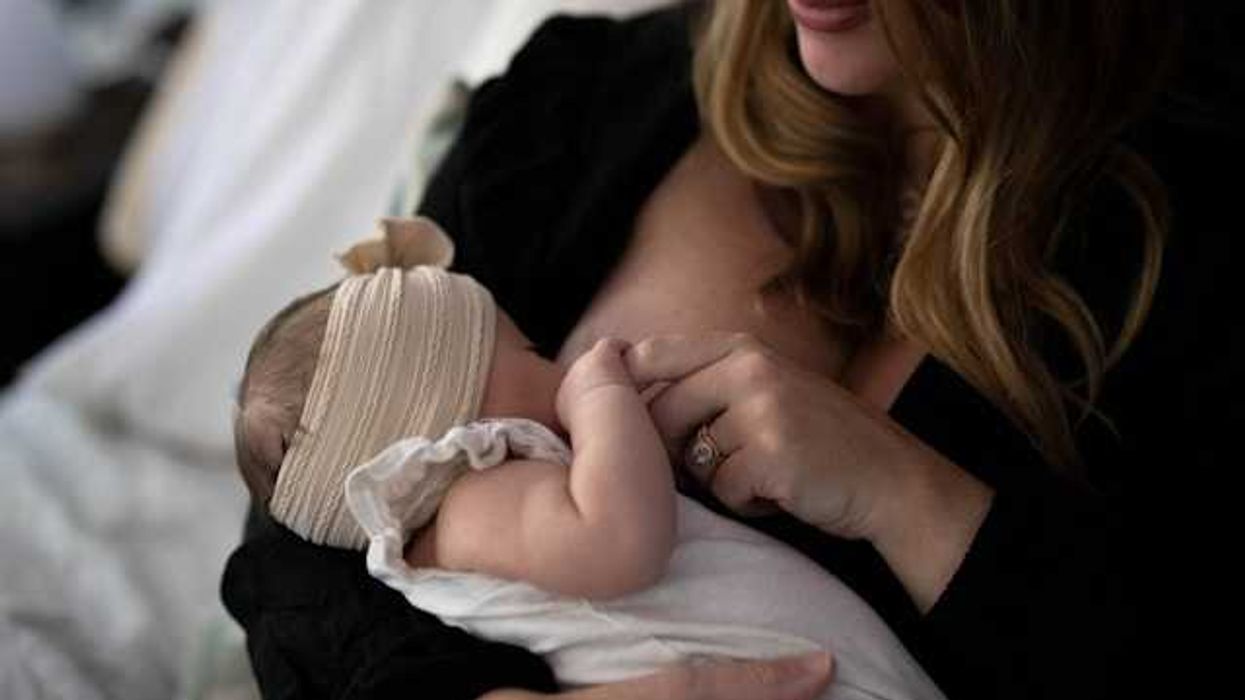Concerns about infertility are growing, but experts point to broader social, economic and health factors influencing reproductive trends in America.
Dani Blum reports for The New York Times.
In short:
- U.S. birthrates and fertility rates are at historic lows, but infertility rates have stayed relatively stable, complicating conclusions about a "crisis."
- Delayed childbirth, rising obesity, increasing rates of STIs and exposure to endocrine-disrupting chemicals are key factors affecting fertility.
- Researchers stress that more data is needed to distinguish voluntary childlessness from infertility and to fully understand chemical impacts on reproduction.
Key quote:
“You’re not going to be able to remove an endocrine disrupter and then everybody gets pregnant.”
— Dr. Vasiliki Moragianni, the medical director at the Johns Hopkins Fertility Center
Why this matters:
Falling birthrates can have significant demographic and economic implications. Additionally, rising obesity, untreated STIs and chemical exposure not only affect fertility but also signal broader public health challenges requiring urgent attention.
Related EHN coverage:














